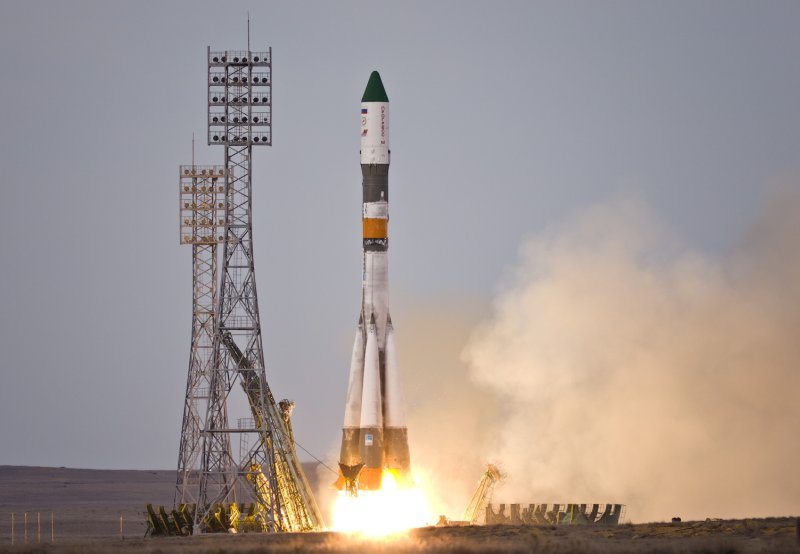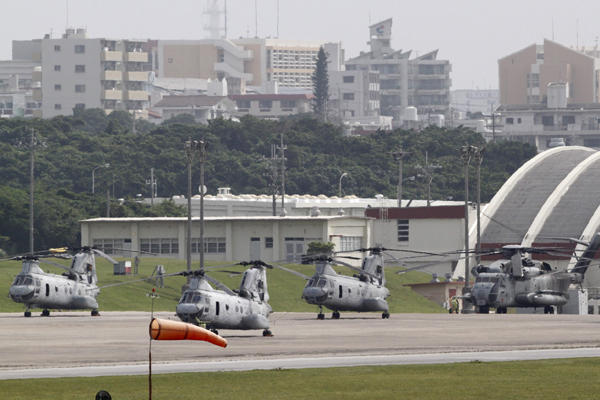Russia launched an upgraded version of its Soyuz rocket on Saturday, successfully delivering a scientific satellite into space. The Soyuz-2.1v light class rocket includes a new engine design.
“The operational crew at the Plesetsk Cosmodrome (in Russia’s Arkhangelsk Region) has successfully conducted a unique launch of a light-class Soyuz-2.1v rocket carrier with Volga upper stage and Aist spacecraft,” Russia’s Defense Ministry said.
The Soyuz-2.1v blasted off at 12:30 GMT, with the Aist satellite being put into orbit at 14:09 GMT.
The new rocket represents a major development in the Soyuz program, which began in 1966.
The rocket features a completely reworked first stage, powered by a NK-33 (14D15) rocket engine which has twice the thrust in comparison with its predecessors.
The new carrier and its Volga upper stage are designed to inject various spacecrafts into circular orbits of up to 1,500 kilometers and sun-synchronous orbits of up to 850 kilometers. The light class booster is able to carry up to 2,800 kilograms of payload.
The Soyuz-2.1v was developed in response to an increasing demand to launch small satellites and end the use of Tsiklon and Kosmos boosters – as well as in response to insufficient numbers of Rokot boosters.
The Aist satellite which the new rocket launched into orbit was created by students and young scientists at Samara State Aerospace University and Progress Central Assembly and Design Engineering Bureau.
The spacecraft is aimed at testing the technologies that are used during the construction of microsatellites, which weigh between 10 and 100 kilograms.
The Soyuz-2.1v launch was originally planned for late 2012, but was delayed several times.
The launch was then scheduled for December 23, 2013, but was again postponed due to additional checks.
Russian defense official Colonel Dmitry Zenin said on Wednesday that the Soyuz-2.1v would not be travelling to space in 2013.
But the state commission, which gathered at Plesetsk on Saturday morning, decided to go ahead with the launch.
Soyuz boosters have performed over 1,700 launches since 1966, making them the most widely used rockets in the history of space exploration.
The Soyuz rocket, along with China’s Long March 2F, is one of the two rockets in the world capable of sending people into orbit.











